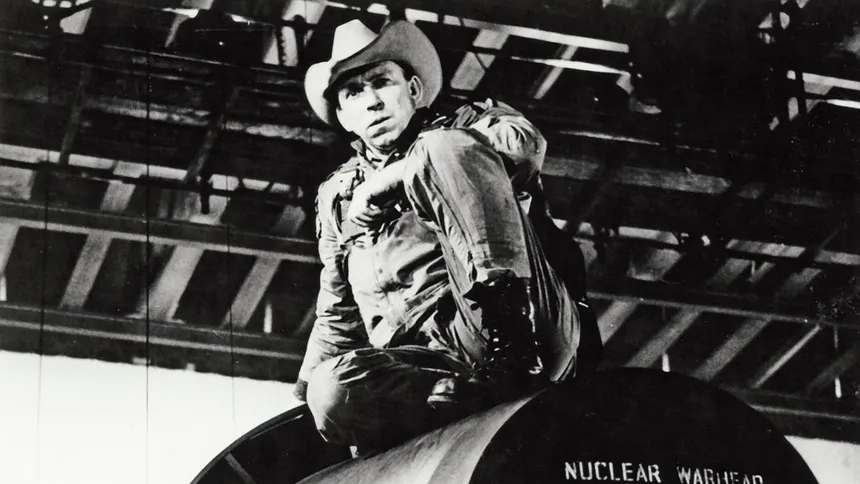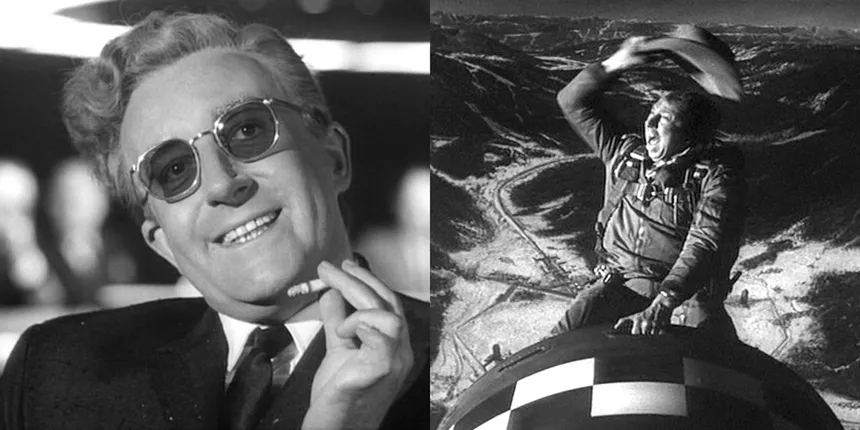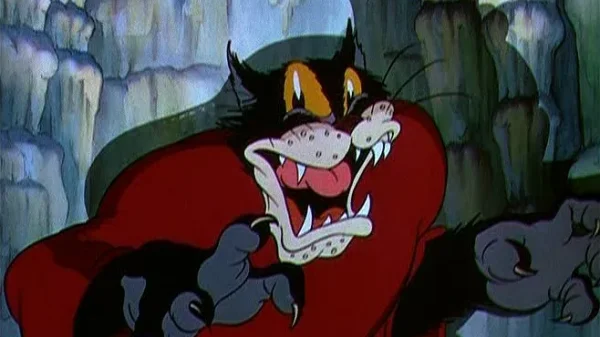Stanley Kubrick’s “Dr. Strangelove or: How I Learned to Stop Worrying and Love the Bomb” is a black comedy masterpiece that skillfully satirizes the Cold War tensions of the 1960s. The film blends humor and horror, showcasing Kubrick’s ability to balance multiple tones and emotions in a single narrative. The film’s center of attention is a US Air Force general who orders a nuclear attack on the Soviet Union against the wishes of the government. This pivotal moment is spearheaded by General “Buck” Turgidson and President Merkin Muffley in the Pentagon’s war room.
Kubrick’s direction and the performances of the cast, including Scott and Sellers, boost the film. He unwinds the austerity of the politicians and generals through moments of absurdism and slapstick comedy, making the film’s portrayal of these powerful figures all the more biting.

A Still From Dr. Strangelove Movie (Via IMDB)
The idea that they are responsible for the safety and livelihood of the free world is the relentless sucker punch that Kubrick sends his audience. By using absurdity and dark humor, Kubrick creates a sense of unease and familiarity with the chaotic situation, mirroring the viewer’s emotions.
Initially, Kubrick intended to end the film with a climactic pie fight in the war room after the Russian diplomat, Alexi de Sadesky, throws a custard pie at Turgidson, only to inadvertently strike the President. This ending would have confirmed that these powerful figures are buffoons, and the film’s use of slapstick and farce throughout would have justified the direction of absurdity at the conclusion. However, Kubrick scrapped this ending in favor of a more poignant and meaningful conclusion that highlights the cynicism of the military complex.
























